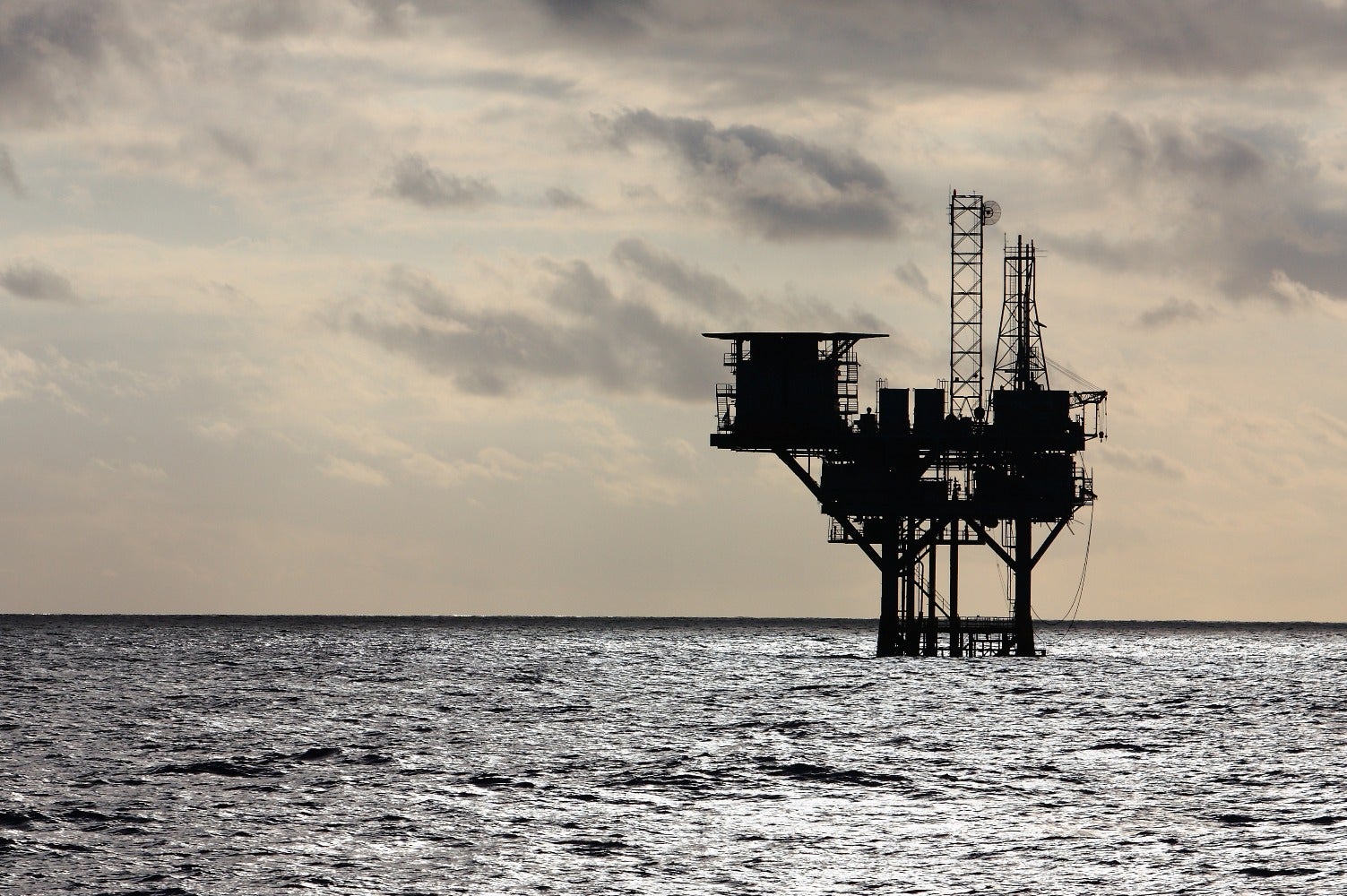Crude oil production in Mexico is forecasted to grow by 10% from 1,740 barrels per day (bpd) in 2020 to 1,920bpd in 2023. The growth is expected to come from 20 priority fields where Pemex is investing most of its capital expenditure to lift the company’s crude oil output in the short term. Out of 20 fields, 15 have already started production and are anticipated to bring an additional 440,000bpd by 2023. However, in 2024 decline from mature fields is going to exceed the growth and total production in Mexico is forecasted to decline by almost 100,000bpd in 2024.

How well do you really know your competitors?
Access the most comprehensive Company Profiles on the market, powered by GlobalData. Save hours of research. Gain competitive edge.

Thank you!
Your download email will arrive shortly
Not ready to buy yet? Download a free sample
We are confident about the unique quality of our Company Profiles. However, we want you to make the most beneficial decision for your business, so we offer a free sample that you can download by submitting the below form
By GlobalDataMarketed natural gas production output in the country is estimated to increase from 3.6 billion cubic feet per day (Bcfd) in 2020 to 3.9Bcfd in 2022, followed by a 12% slash in production in 2024. The biggest growth in gas production is going to come from Ixachi and Quesqui onshore developments, located in Veracruz and Tabasco areas respectively. Ixachi is expected to peak in 2023 with a 646 million cubic feet per day (MMcfd) rate, and Quesqui at 511MMcfd in 2024. Nonetheless, since main Mexico’s national oil company, Petróleos Mexicanos (Pemex), which produces nearly 98% of Mexico’s crude oil, keeps its focus on oil fields, the growing natural gas demand in the country will be increasingly dependent on imports, unless more planned gas developments are added in the short-term.

Crude oil production in 2020 is estimated to have increased by 3% and reach 1,740Mbd. This is the first time in the past decade when production reverted its negative trend and this in spite of lower energy demand during the Covid-19 pandemic. However, being a part of OPEC+ group, the country still had to agree to production cuts of 100Mbd through May and June. Natural gas production in 2020 reached 3.6Bcfd, which is a 4% ramp-up compared to a year before. In March 2021, Pemex announced a new significant onshore discovery in the state of Tabasco. The discovery is Dzimpona-1EXP and is surrounded by already producing fields, Valeriana and Racemosa. The area is most likely to be developed as a complex, named General Francisco J. Mugica, and is expected to reach the production of 138Mbd of crude oil and 1,349MMcfd of natural gas from a total of 65 wells by 2023.
There are 13 planned or announced projects expected to come online between 2020 and 2024, where 12 of them are shallow water developments and only one is an onshore field, Olmos, located in the Burgos basin. These fields are projected to add 222,000bpd of crude oil and nearly 310MMcfd of natural gas. However, many producing fields that pumped their first oil before 2020 haven’t peaked yet and are still ramping up their production. For example, Ixachi, Quesqui, Xikin, Mizton, Valeriana and Cibix started before 2019 and are still going to add 411,000 bd of oil and 1,252MMcfd of gas by 2024.

Despite production growth expected in the next three years, a significant portion of capital investment still needs to be pivoted towards exploration activities and developing new deepwater resources. At the moment, Pemex has halted all potential partnerships with operators. However, until Pemex has again the ability to form partnerships to reduce risks and share costs of oil and gas projects, the company and the country may struggle to keep their production growing or even stable in the long run.











Related Company Profiles
Pemex Inc